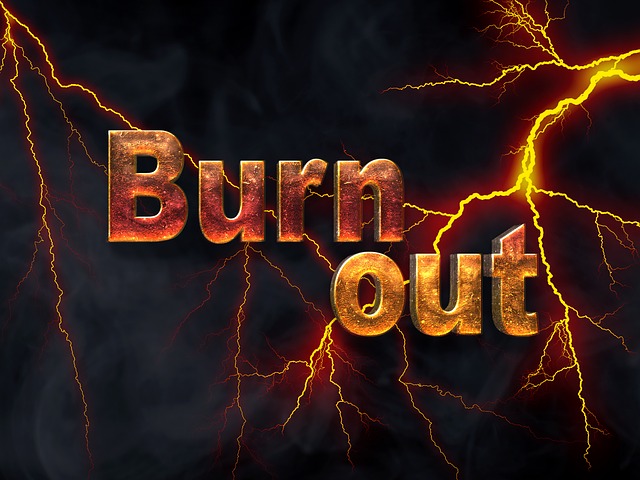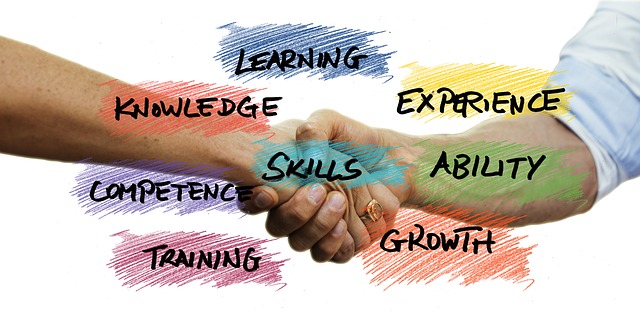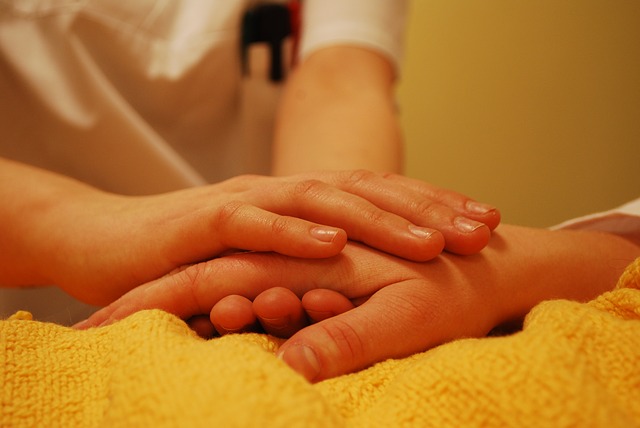In the previous post, I discussed the approach of YMCA of USA on how to build mindfulness into leadership development. The principles and strategies for the implementation of this change revolved around a core tenet of patience – moving gradually to insert mindfulness into existing leadership development programs. Wendy Saunders who has focused on compassion for many years identified the cultivation of compassion in the organisation as a more complex change process with some different challenges. This is despite the fact that YMCA is focused on compassionate action within the community and is totally dedicated to diversity and inclusion.
Most organisations today recognise the need for diversity and inclusion. While much progress has been achieved in creating diversity in workplaces, the real challenge has been translating that into compassionate action through conscious inclusion strategies and actions. YMCA of USA recognises that the nature of their organisation’s focus and their worldwide reach makes diversity and inclusion paramount. Their strong commitment in the area is reflected in conscious inclusion practices, including having a “supplier diversity program”.
What are the challenges in embedding compassion into leadership development?
Despite the focus of the YMCA of USA on compassionate action (as the reason for its existence), Wendy found that there were real challenges to integrating compassion into leadership development in the organisation:
- some staff believed that there was no place for compassion in the workplace – a strong task and outcomes focus challenged the desirability of compassion (a people-focused activity). Resource constraints and the ever-increasing need for YMCA services would cement this belief.
- others experienced “cognitive dissonance” resulting from what they perceived as decisions and actions by the organisation that were lacking in compassion, e.g. laying off staff.
The concept of compassionate love, the title of Wendy’s personal website, is often viewed as “touchy feely” – an arena where feelings and emotions are more openly expressed to the discomfort of others. Feelings and emotions are often suppressed in the workplace and people have real difficulty openly discussing them – particularly, not wanting to be seen as “soft”. However, the reality is that it takes real courage to show compassion.
Introducing compassion into leadership development
Wendy suggests that, given the nature of the challenges to embedding compassion into leadership development, a central strategy has to be introducing compassion through “conversation and dialogue”. She indicated that at a YMCA retreat attended by 400 people, most people expressed the desire for “more compassion in the workplace”.
Besides making compassion a part of the conversation and dialogue, other strategies include storytelling (making people aware of compassionate action taken by others), discussing the benefits of compassion and the neuroscience supporting it and helping leaders to be aware of the ways to model compassion in the workplace, such as:
- the way they “see and treat” people in the workplace – overcoming basic attribution errors, including where they judge themselves by their intentions and others by their actions. Associated with this is the need to avoid ascribing a negative label to a person because of a single act or omission on their part
- being aware of the suffering of others and taking action to redress the suffering e.g. constructive action to support someone experiencing a mental health issue, taking action to overcome a toxic work environment or being ready to explore the factors (external and internal) that may be affecting the work performance of a staff member
- actively working on addressing their own “unconscious bias” and blind spots that potentially result in decisions that unknowingly cause unnecessary suffering for others
- providing opportunities to practice compassion meditation and group activities to support meditation practices.
Resourcing compassion in the workplace
Wendy stressed the need to provide resources on compassion to help build the knowledge base of the leaders in the organisation and to engender a commitment beyond a single individual such as the CEO (who can change frequently). Resources include courses, books, videos, podcasts, research articles and presentations/workshops by experts in compassion. She recommended books such as The Mind of the Leader and Awakening Compassion at Work and highlighted the resources on compassion available on her own website.
Wendy also recommends a course that she participated in that really stimulated her longstanding interest in compassion – CBCT (Cognitively-Based Compassion Training) conducted by Emory University. She is continuing her own studies by completing an Executive Masters in Positive Leadership and Strategy. Her thesis will address approaches to compassionate reorganisation and the evidence in terms of positive outcomes for individuals and the organisations involved.
As leaders grow in mindfulness through integration of mindfulness into leadership development, they will be developing the awareness that provides the impetus for compassion. Providing specific strategies to engender compassion in the workplace, such as introducing and supporting compassion meditation, will enable leaders to model compassionate action for others.
____________________________________________
Image by TheDigitalArtist from Pixabay
By Ron Passfield – Copyright (Creative Commons license, Attribution–Non Commercial–No Derivatives)
Disclosure: If you purchase a product through this site, I may earn a commission which will help to pay for the site, the associated Meetup group and the resources to support the blog.









